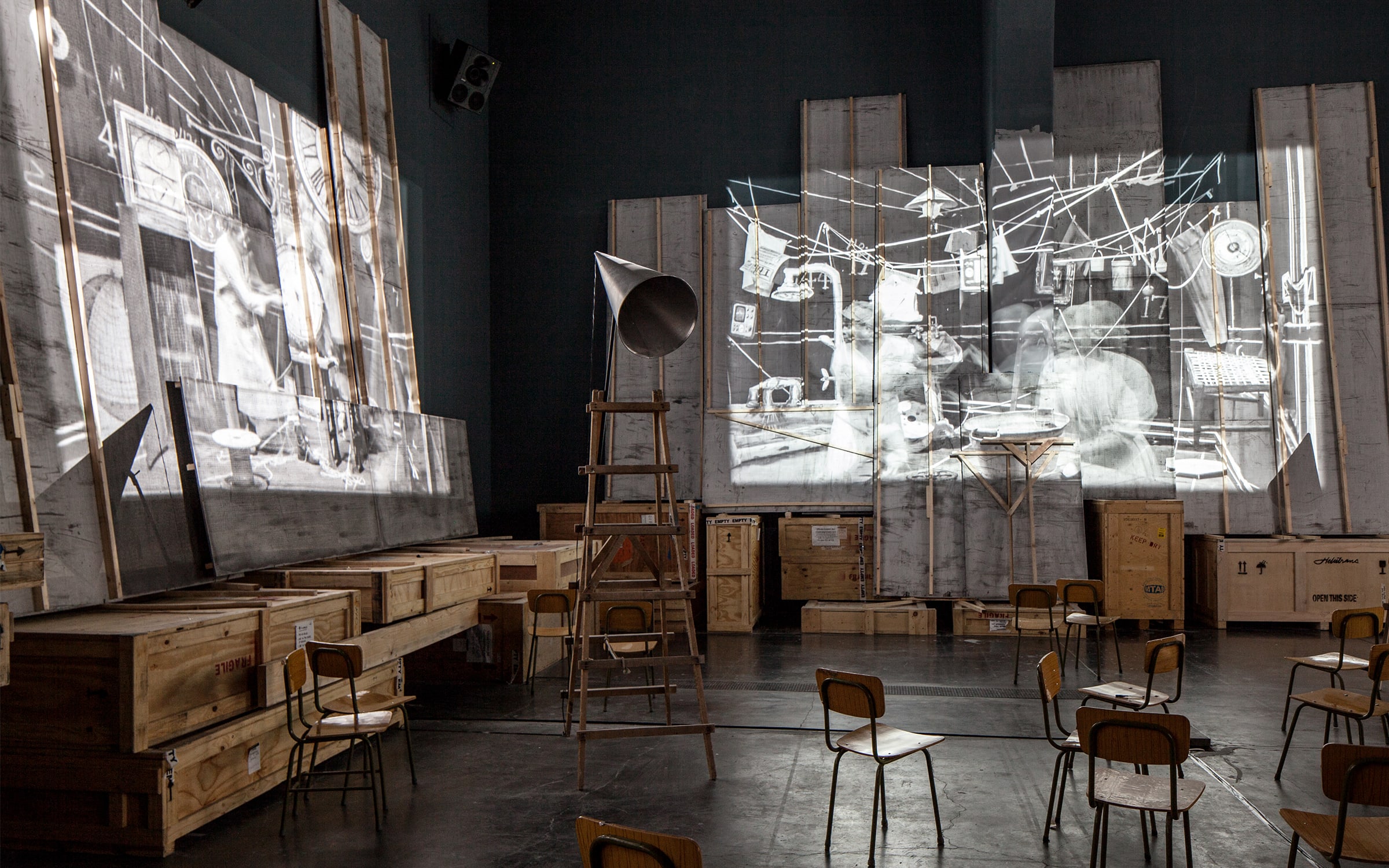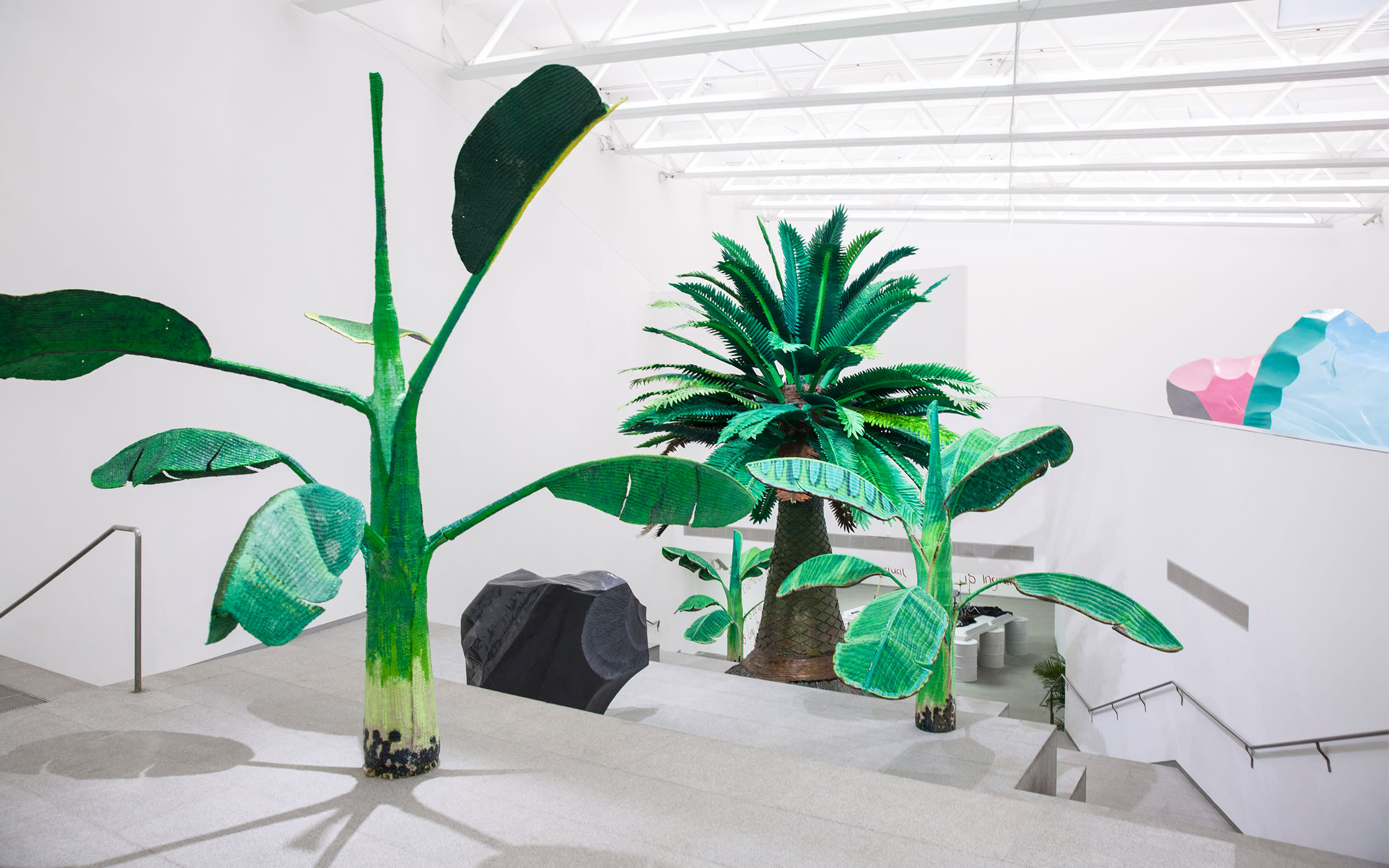Why I Collect: Lu Xun
The founder of Nanjing's first contemporary art museum on the 'terrifying' works he chooses for his own home: 'It's like being with those artists' souls'
Connectez-vous et inscrivez-vous pour recevoir la newsletter Art Basel Stories

